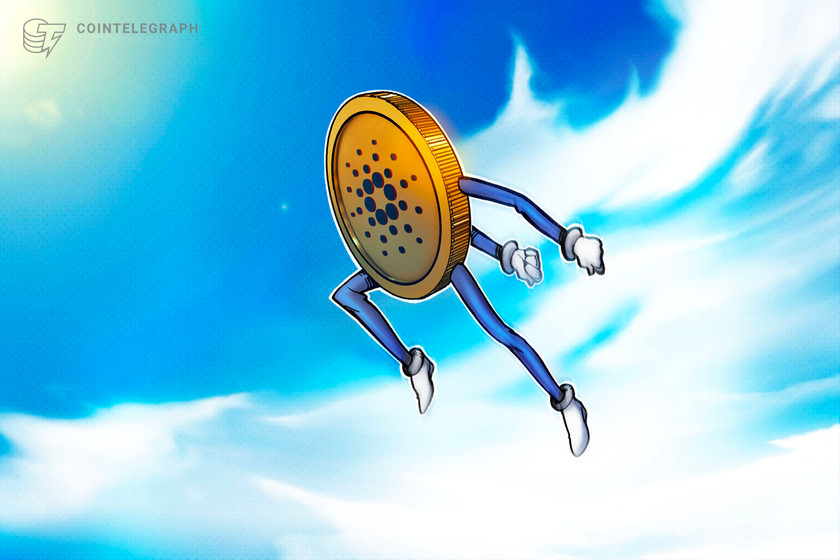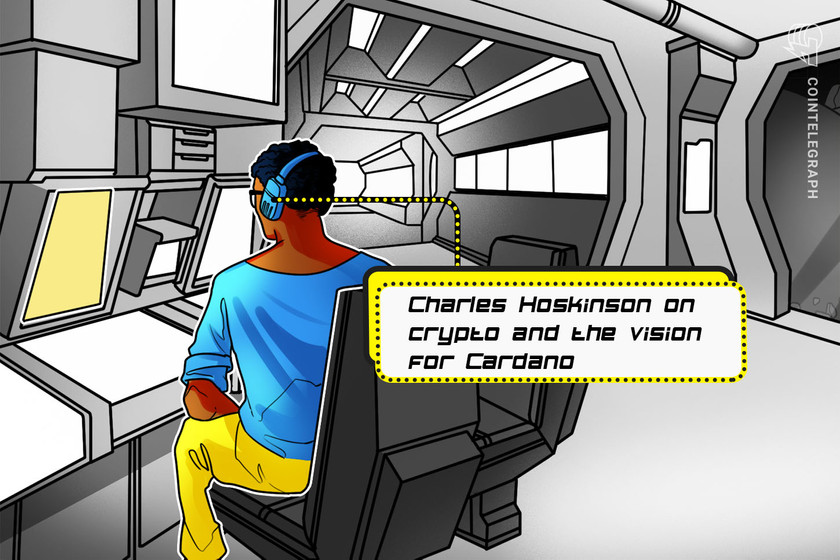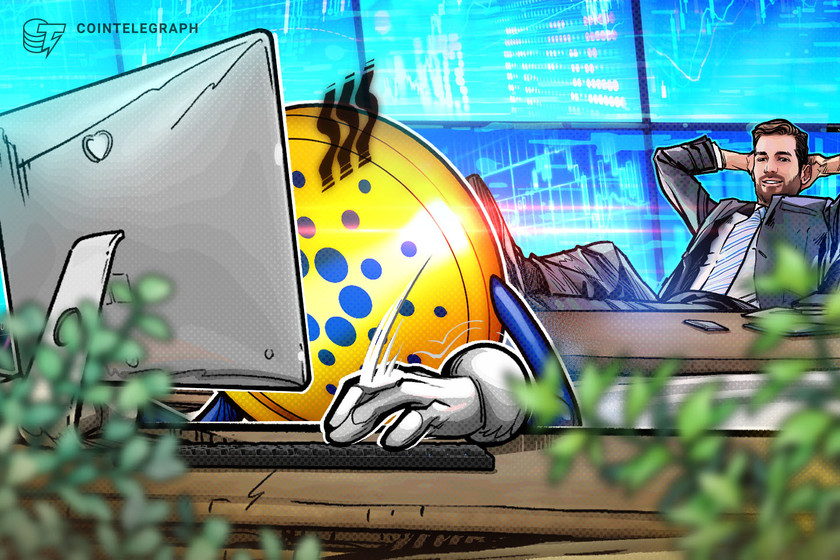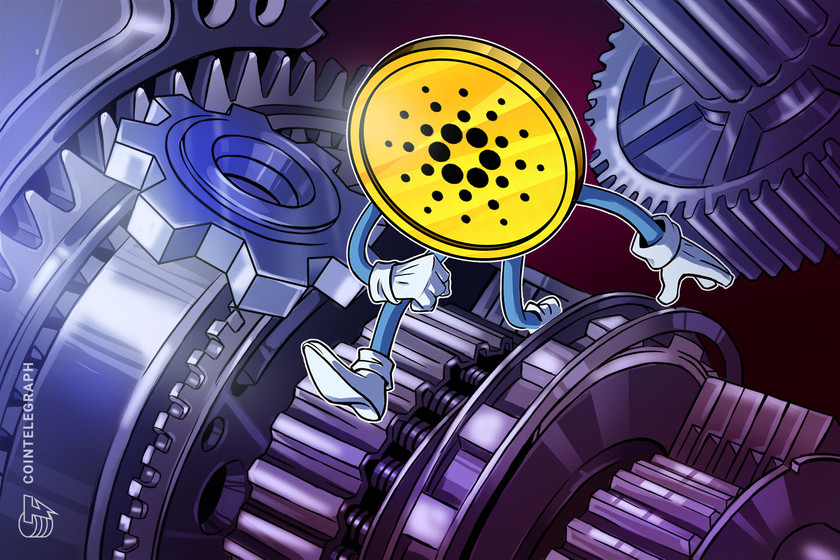Why is Cardano (ADA) price up this week?



ADA price had gained nearly 80% in a month and data suggests the rally could continue.
Cardano (ADA) recorded an impressive 43% gain in the seven days leading up to Dec. 14, reaching its highest level since May 2022. The rapid increase to $0.64 has pushed Cardano’s market capitalization to $22.7 billion, an interesting point to note, as it matches the valuation of Danske Bank (DANSKE.CO), Denmark’s largest bank, which serves over 5 million retail customers.
While ADA’s market cap is quite impressive, it’s essential to recognize that decentralized protocol valuations differ significantly from traditional financial assets. Traditional assets rely on generating revenue to cover expenses, including financing costs and operational overhead. On the other hand, Cardano is a decentralized protocol, so its market capitalization does not depend on sales and earnings. Nevertheless, it’s important to analyze the potential reasons behind ADA’s price increase to determine if further gains are possible.
Constructing a narrative for Cardano’s recent success is relatively straightforward, but pinpointing the specific events responsible for the 70% gain in December is more challenging. For instance, a post on the social network X by user @matiwinnetou brilliantly highlights the driving factors behind this bullish momentum.







































